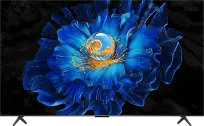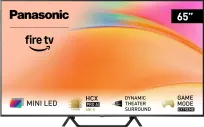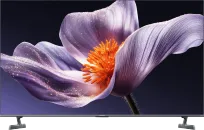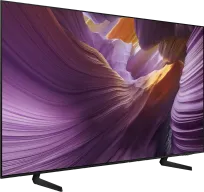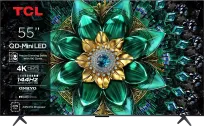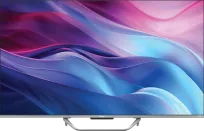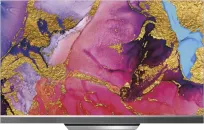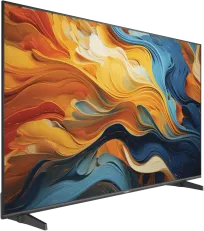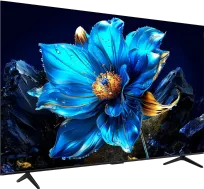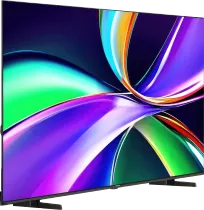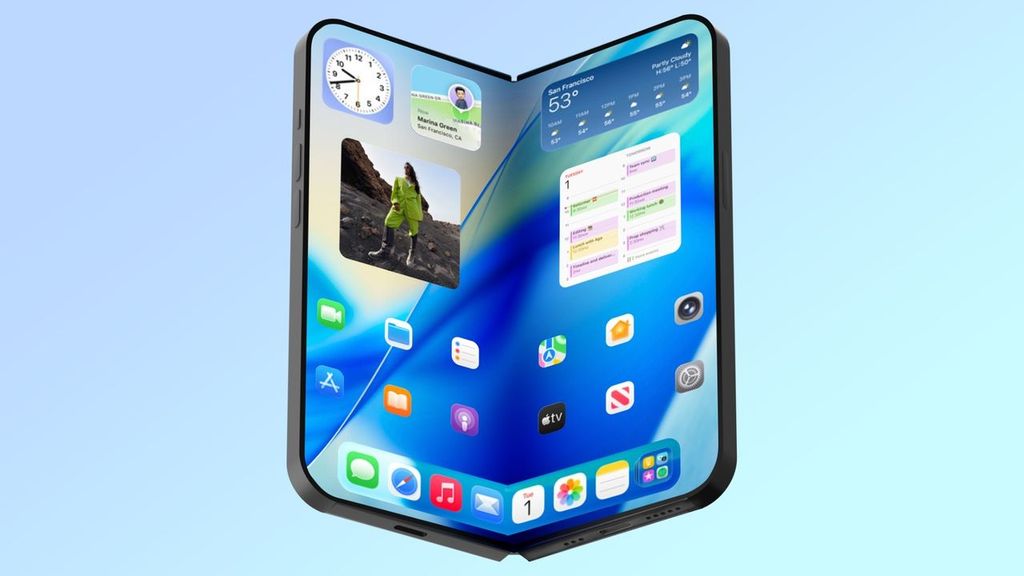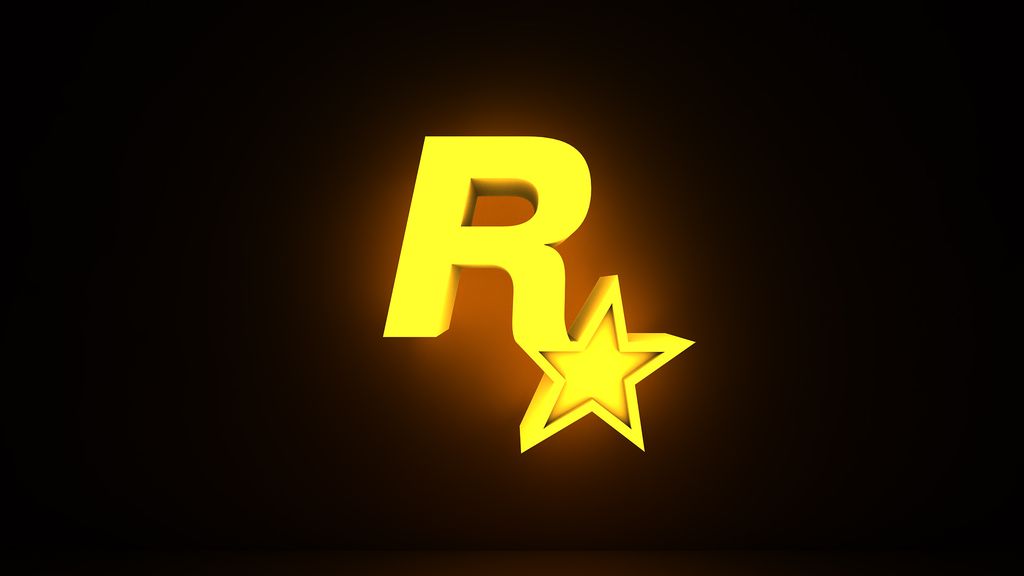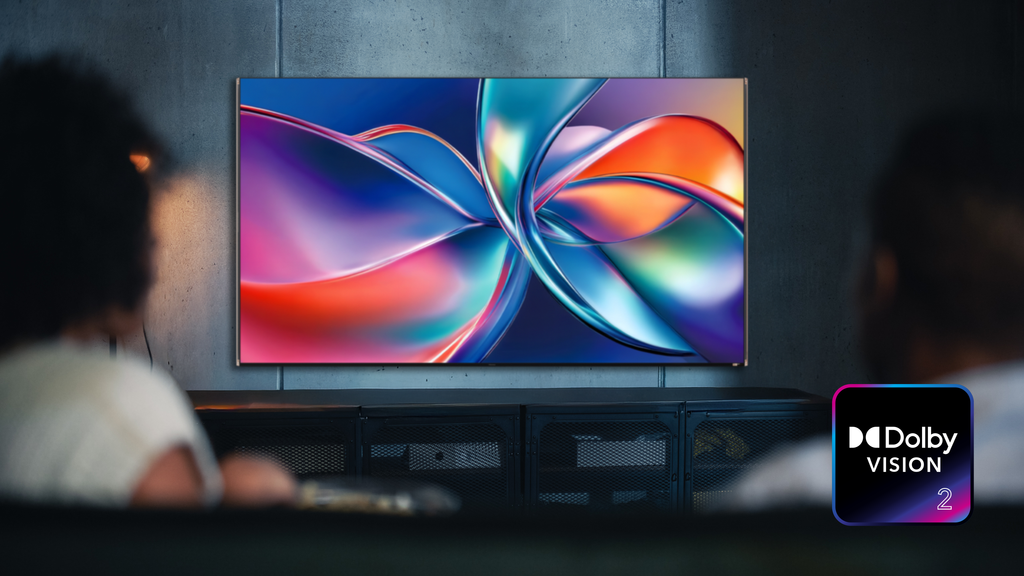
A month after the official announcement, Dolby shared answers to questions collected by the editorial team and the community of FlatpanelsHD. Dolby Vision 2 is meant to be more than just another version of HDR – it is a completely new image engine with “Content Intelligence,” new metadata, and a dedicated mode for gaming and sports.
But what does this really mean in practice? Below you will find all the answers from Dolby – divided into specific questions, along with our comments and context.
What is the difference between Dolby Vision 2 and Dolby Vision 2 Max?
Dolby Vision 2 Max is the "premium" version and... more demanding. For a television to meet the Max requirements, it must have:
Ambient light sensor,
A panel with at least 120 Hz refresh rate,
Motion support approved by Dolby (so-called Authentic Motion).
If it doesn't have these – it will be just regular Dolby Vision 2.
Does Dolby Vision 2 Max require specific display technology?
No. Dolby emphasises that it does not favour any type of panel – OLED, QD-OLED, MiniLED, LCD with RGB LED – any of them can support Dolby Vision 2 if they meet the motion processing and ambient light sensor requirements.
Will the content be labelled as Dolby Vision 2?
No. Films and series will continue to be labelled simply as Dolby Vision, but platforms and devices will indicate support for the new version (e.g. "supports Dolby Vision 2"). Canal+ has already announced support for DV2 in films, series, and sports broadcasts.
When can we expect the first content in Dolby Vision 2?
Dolby is currently focusing on announcements from platforms and hardware partners. Specific content premieres will be announced by the partners (such as Canal+, Netflix, Disney+?).
Does Dolby Vision 2 require support on both the player and the TV?
Not entirely. Any device with DV will work well with a DV2 TV – and vice versa. However, the full capabilities of Dolby Vision 2 (e.g., new metadata) will depend on compatibility on both sides. For now, there are no details regarding consoles or UHD players.
What about Blu-ray 4K?
Dolby does not rule out support, but also gives no indications. Technically, there are no limitations, so theoretically possible – but rather not in the first wave.
What is "Gaming Optimization"?
It is a new set of metadata that allows game developers (or platforms like Xbox/PlayStation) to "tell" the television what picture settings will be optimal for a given game – e.g. white balance, contrast, tone-mapping. Support will be available for any TV with DV2, not just Max.
What is "Authentic Motion" and how does it work?
This is not classic motion interpolation. New frames are not created. Instead, the creator adds metadata that tells the TV, how smoothly movement should appear in a given scene. And the TV – knowing its own capabilities – applies the appropriate processing to achieve this.
What about Light Sense 2?
It is an improved adaptation to room lighting - it requires a dedicated light sensor and a new image engine. Dolby states clearly: only televisions with the Light Sense 2 certificate can use this feature.
Is "Sports Optimization" also motion smoothing?
Yes, but not only that. In addition to motion smoothing, you can also adjust white balance, brightness, and other image parameters to match specific sports broadcasts.
How does tone-mapping work in Dolby Vision 2?
The new system supports "bidirectional" mapping. In reference mode (e.g. DV Filmmaker Mode), the image is not mapped – unless necessary. However, the creator can also add metadata that allows the TV to increase brightness and adjust the image to external conditions (e.g. a bright living room).
Will Dolby Vision 2 replace Dolby Vision Dark?
The new reference system will still be available – but not as “Dark Mode”, only as Dolby Reference Mode. TV manufacturers will be able to offer additional presets, for example, for sports, bright rooms, or gaming – based on this reference version.
What next?
Dolby has not revealed everything yet – full details are expected at CES 2026. We can anticipate specific launches of TV models with Dolby Vision 2 Max (LG OLEDs? TCL MiniLEDs? perhaps a new Samsung?), as well as new features in consoles and VOD services.
Dolby Vision 2 may not change the "physics" of HDR, but it does something that was lacking – it incorporates context (light, genre, motion, type of content) into the metadata. It's more "intelligent HDR," which finally does more than just map brightness. Great expectations for support in gaming and sports broadcasts – but it all depends on who goes all-in first.
Source: flatpanelshd
 Katarzyna Petru
Katarzyna Petru